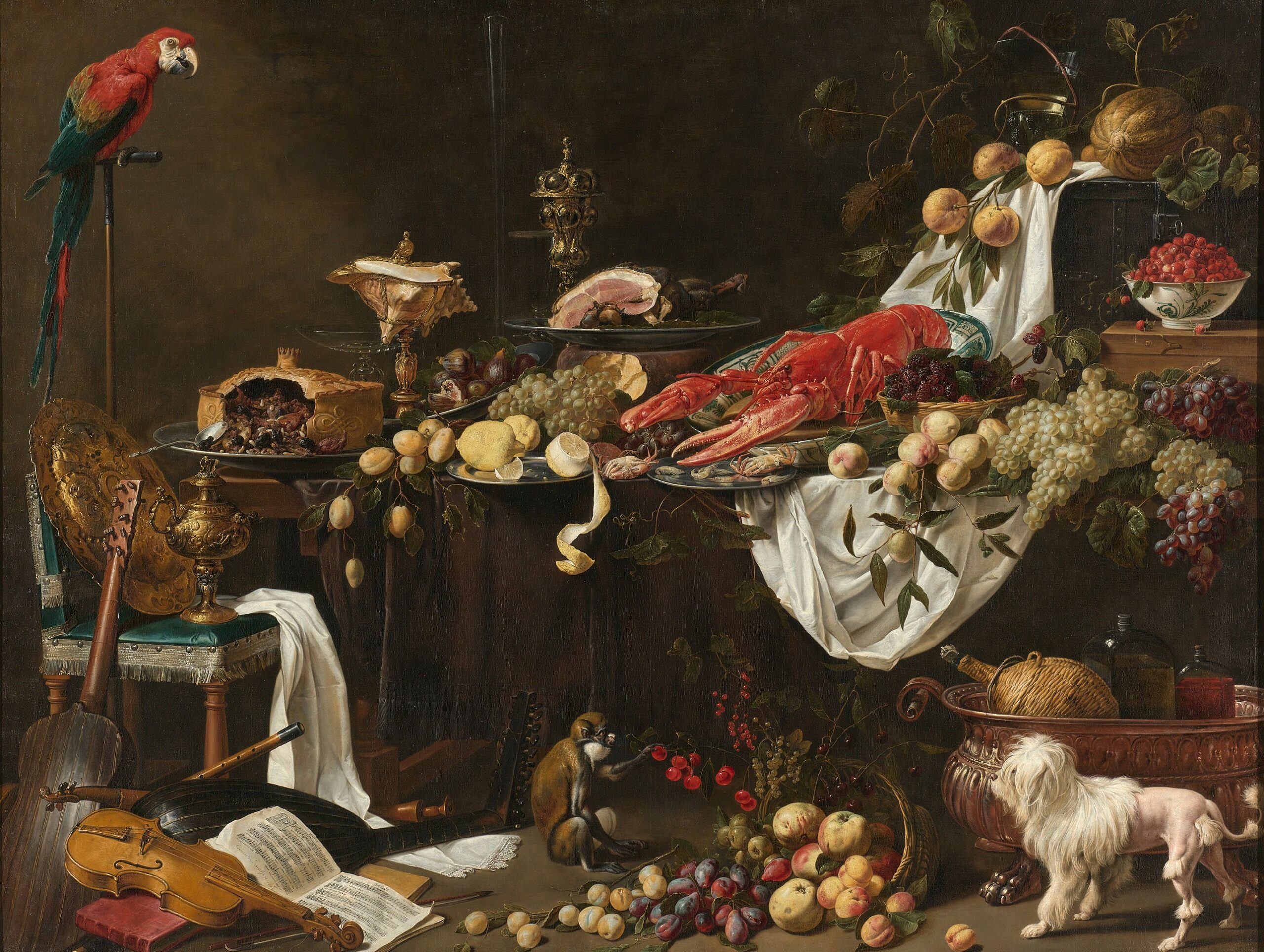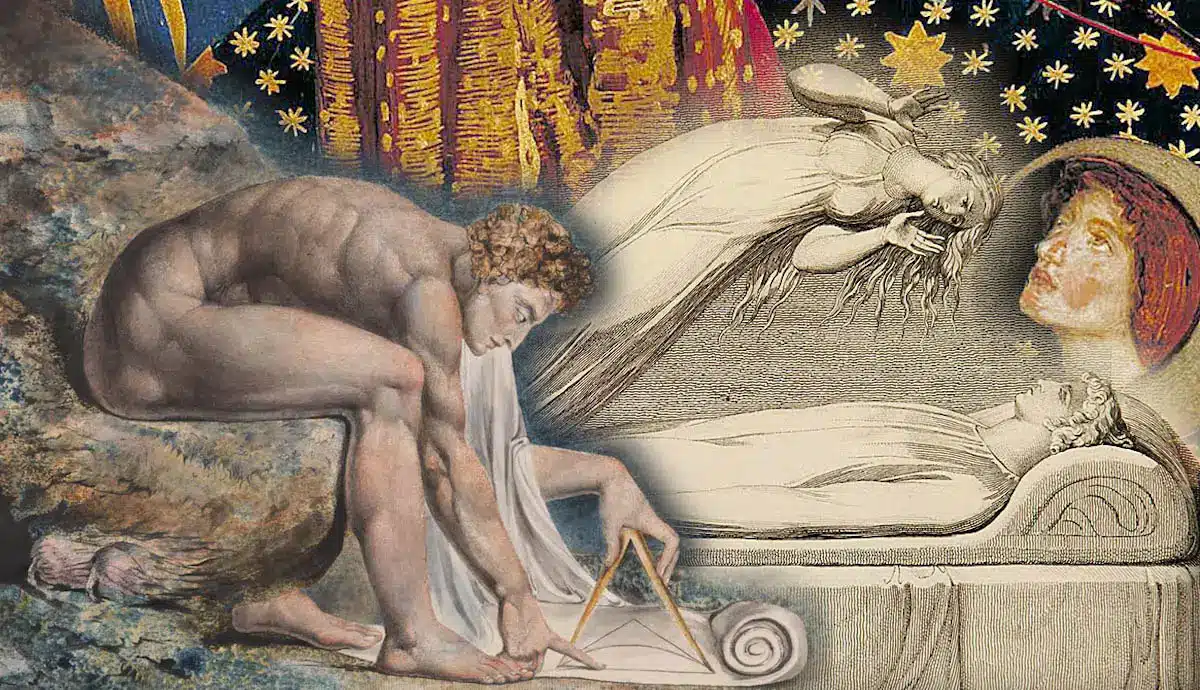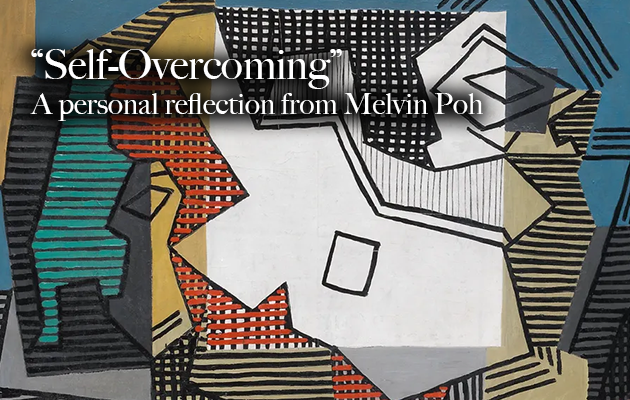
What Is Art In The Eyes Of Philosophy?
The age-old question of “What is art?” has stirred the minds of philosophers, and diverse answers have emerged over time. Three prominent and historically influential perspectives on art delve into the realms of beauty, form, and imitation.
Art as Beauty
Rooted in antiquity, the notion that art is intrinsically tied to beauty has persisted. Aesthetic studies often define aesthetics as the exploration of beauty and art. Beauty, a concept both familiar and revered, prompts profound questions. What constitutes beauty? Is it an inherent quality within objects, or does it reside in the subjective experience of the observer? Ancient Greek and Roman thinkers equated beauty with the unity of beauty and goodness, while later perspectives, such as those of the sophists, narrowed the definition to the visual and auditory aspects of the pleasant. The complexity of these inquiries highlights the multifaceted nature of beauty throughout history.
Art as Form
The concept of art as form traces its roots back to the Pythagoreans, who believed that the formal features of an object play a pivotal role in defining its beauty. This perspective leans towards objectivity, asserting that beauty is grounded in abstract relationships. From the Pythagoreans’ emphasis on harmony, proportion, and symmetry, the theory expanded, with formalist and objectivist aestheticians contending that form stands as a fundamental aesthetic value. The enduring connection between numerical relationships and the perception of beauty echoes through the history of aesthetics.
Art as Imitation
The theory of art as imitation finds its origins in pre-Homeric religious practices, where art was seen as the expression of inner feelings during ceremonies. Democritus, in the 5th century BC, extended the idea of imitation to various aspects of human activities, proposing that humans imitate the actions of birds, spiders, and more. The philosophies of Plato and Aristotle significantly shaped this theory. Plato relegated art to a lower status, considering it a copy of a copy, while Aristotle embraced imitation as a positive act, interpreting the world and introducing novelty. In later centuries, figures like St. Augustine and St. Thomas Aquinas added a religious dimension to the theory, suggesting that art imitates the divine in nature.
As we reflect on these historical perspectives, it becomes evident that the definition of art is far from static. Each thinker contributed a unique viewpoint, enriching the discourse on art’s essence. The ongoing dialogue continues to evolve, incorporating contemporary theories and ensuring that the question of what art truly is remains open, inviting future generations to contribute their insights and interpretations.



